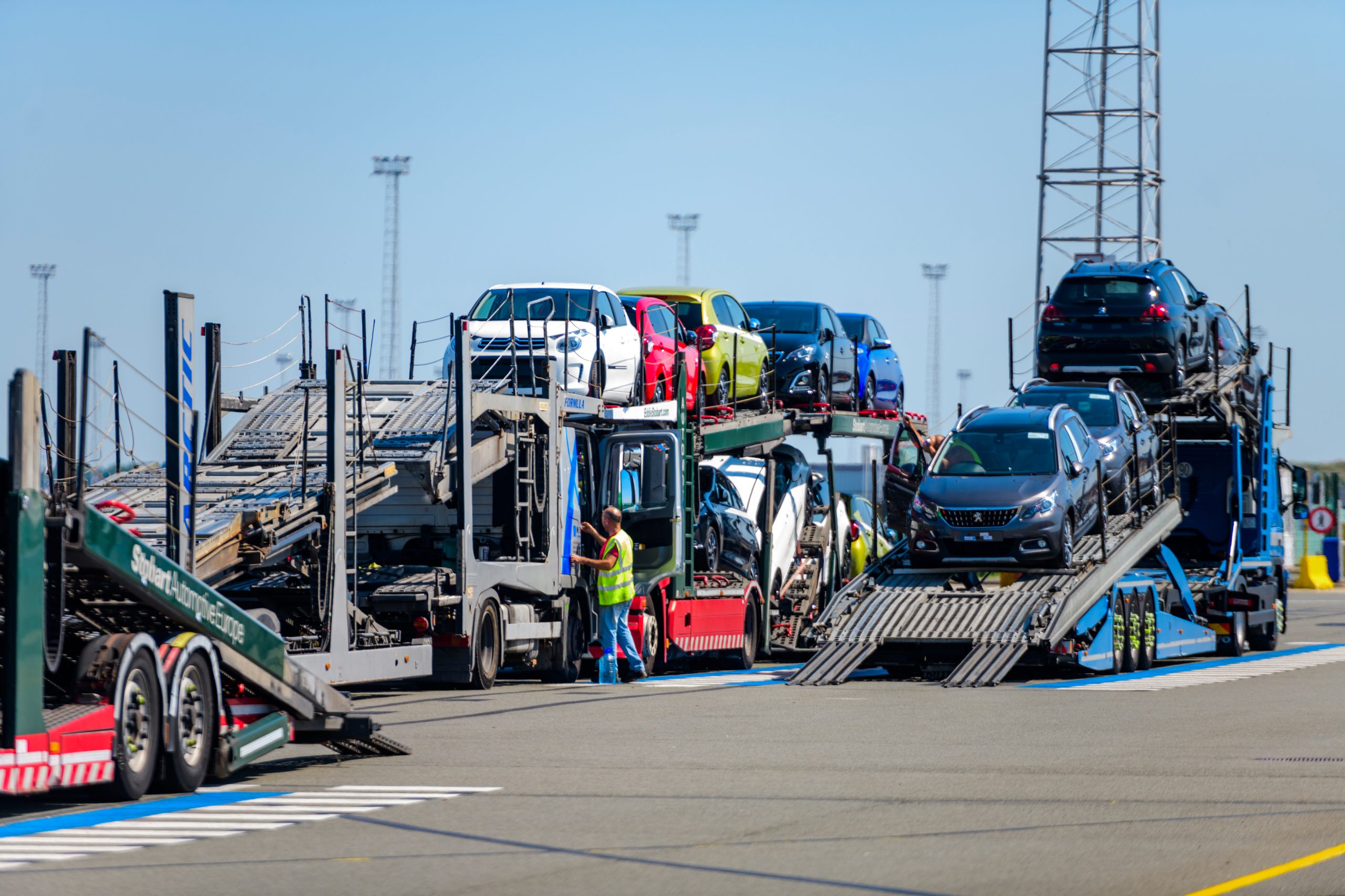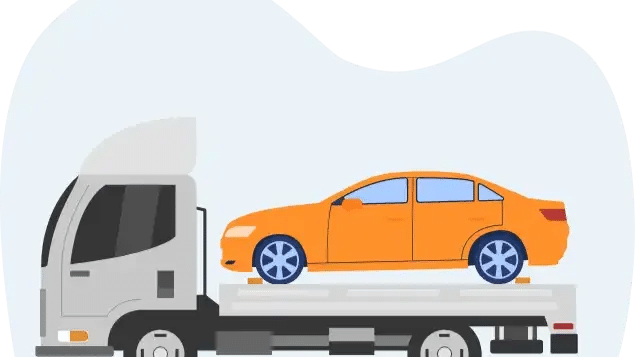Are you thinking about moving your car across European countries? Among the many challenges of moving, transporting your vehicles is usually high on the list of concerns. Sometimes, trying to accomplish everything in the allotted time can be a real challenge. And if you are unaware of certain important car transport rules and regulations, things can get worse. Here are the critical rules that help you make the process smoother.
Rule 1: Vehicle Must Follow Roadworthiness Standards

All vehicles registered in EU countries must undergo regular roadworthiness inspections. This means checking the mechanical reliability of the vehicle and compliance with emission rules. However, the standards for brakes, lights, tires, and emissions systems may vary from one European country to the next. Participating in the roadworthiness testing must be either an EU member state or a publicly appointed agency.
Rule 2: Mandatory Insurance Coverage in Europe
Europe may not look very big on a map, but it’s very different across the continent regarding car insurance laws. Most European countries entail Third-Party liability insurance as a basic insurance protection level, where it protects against other property damage. While comprehensive insurance isn’t compulsory, instead it is better to have it. It defends against third-party responsibility and damage to your car.
Rule 3: Everything Needs To Be Written Down
This is the general rule that exists in the majority of states. Oral arrangements are not enough. Customers can demand a written copy of a contract at any time. After the buyer and the shipping provider sign a contract or any other type of agreement, both of them are bound to do what you agreed to do. You will need the car’s original title and a buy invoice for the paperwork.
Rule 4: Traffic Regulations, Speed Limits, and Weight Limit
Shipping a car across Europe requires familiarity with the many different traffic laws. Each European country specifies its own speed limits and how much you can weigh while transporting. Most countries only have average speed limits for buses (between 80 and 100 km/h) and heavy trucks (usually 80 km/h). In EU law, transporting vehicles can’t weigh more than 40 tons. However, the only exception is intermodal transports that use 40-foot containers, which can weigh up to 44 tons.
Rule 5: Environmental Zones and Emissions Standards

Environmental Zones and Emissions Standards are very important for moving cars around Europe. Europe continues to enforce stringent car regulations, particularly about emissions. Transporting vehicles must follow strict emissions laws to enter any Low Emission Zones (LEZs) or Ultra Low Emission Zones (ULEZs). Imported vehicles are required to adhere to the Euro Emissions Standards. For example, the exhaust system of a car made in the United States might need to be changed to reduce emissions. Besides that, vehicles must also meet European safety norms. This might mean changing things like the headlights or the seatbelts. People who don’t follow the rules may be fined or not be able to drive in these areas.
Ready for a Reliable Car Transport Experience?
By knowing these car transport rules, you’ll be better prepared for the waves of maritime container shipping, which can be tricky for first-time customers. Even though the shipping industry is still dealing with unusually crowded ports, Transporting Highway goes above and beyond to make your experience stress-free and straightforward. Consult trustworthy shipping experts and get a chance to experience a hassle-free move.



